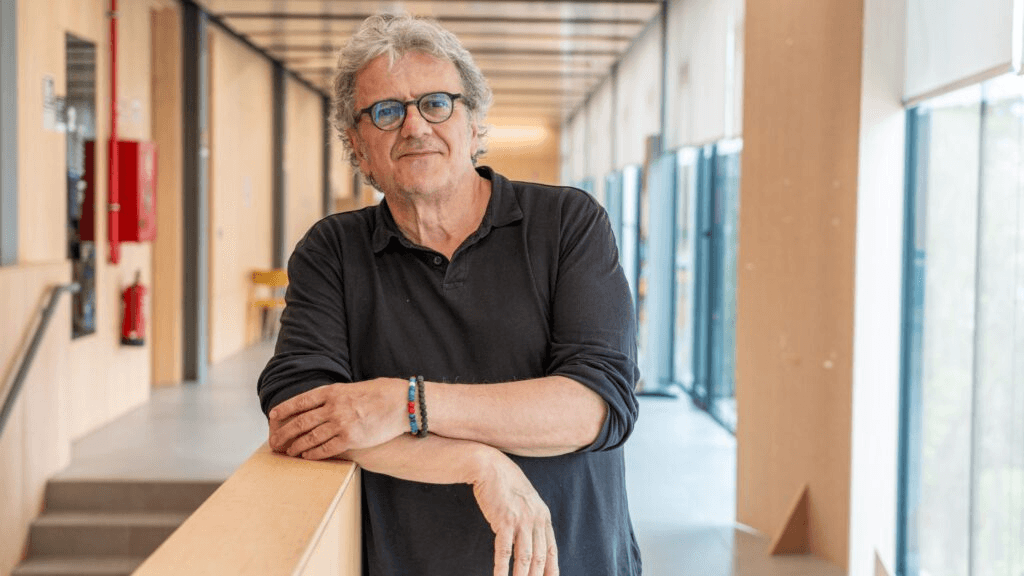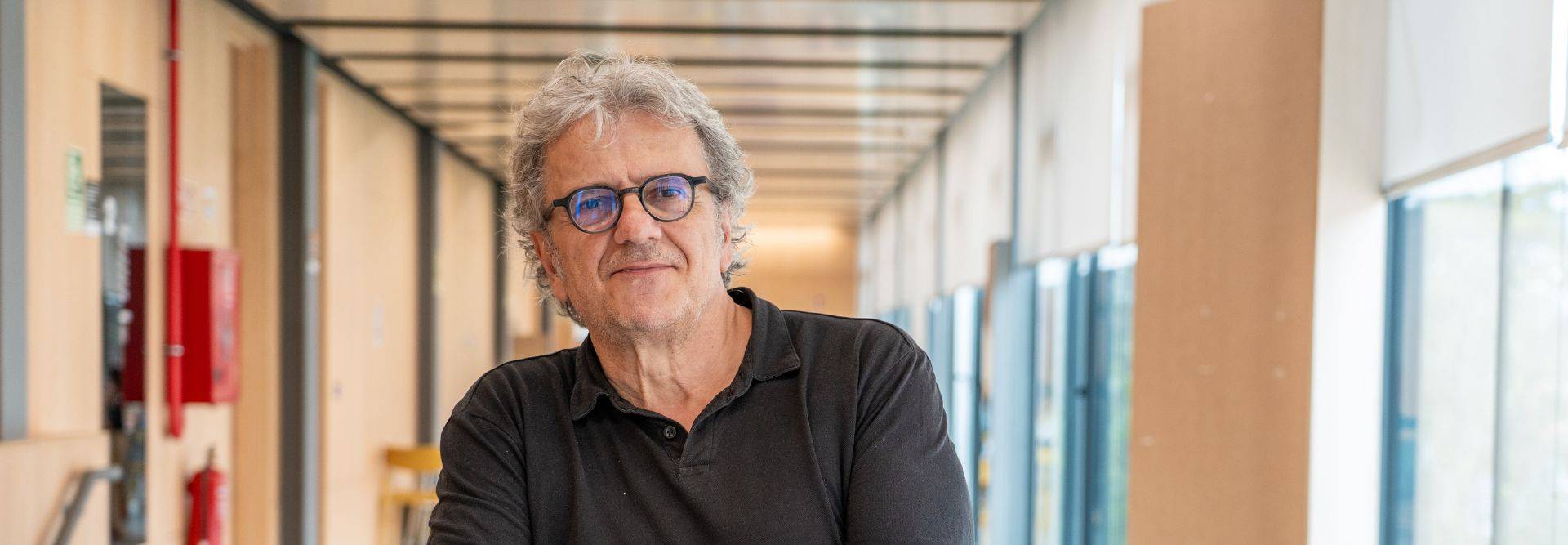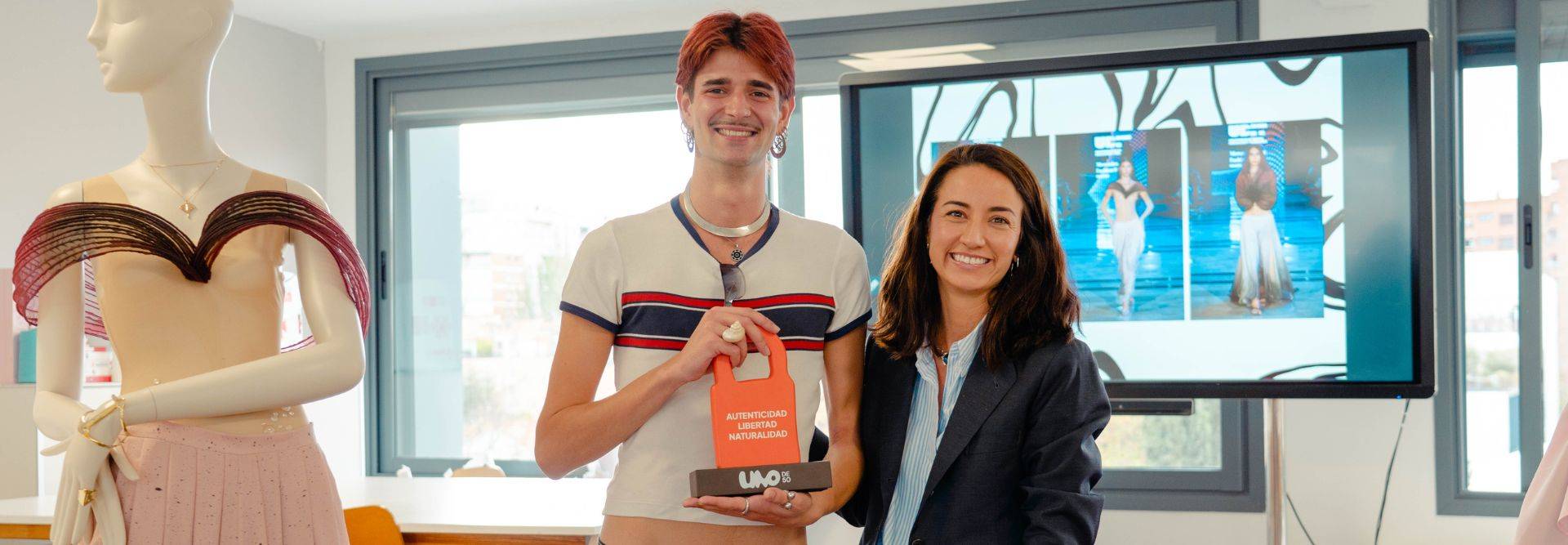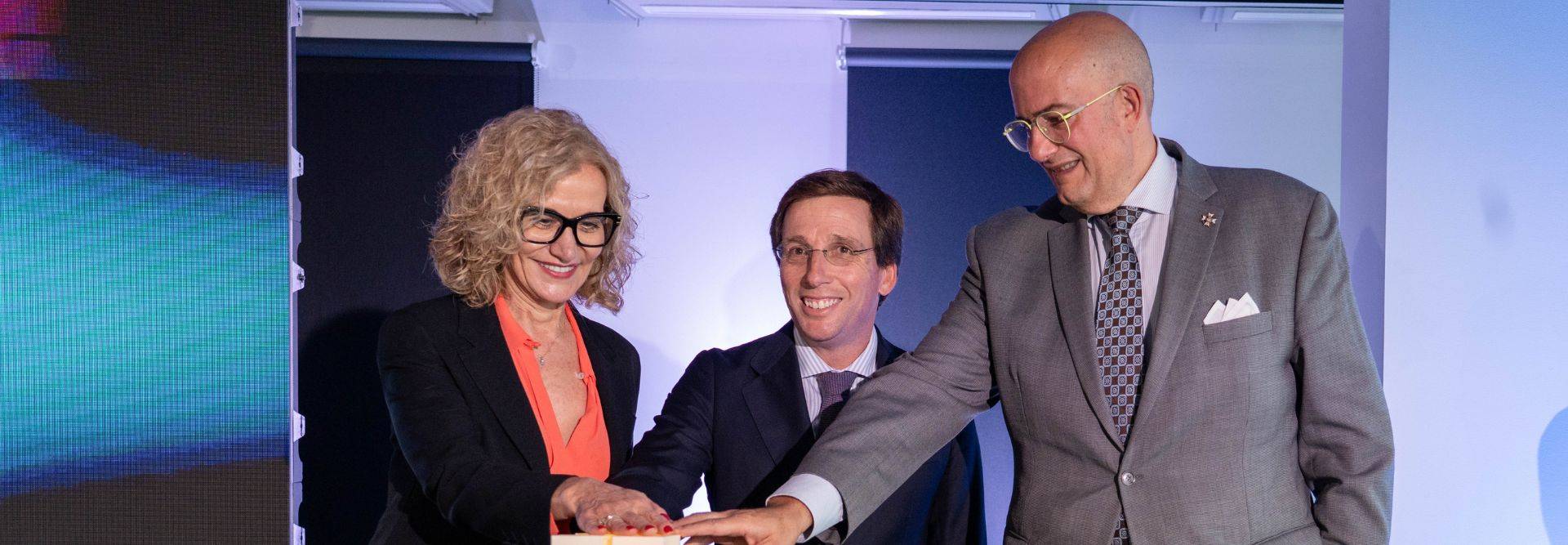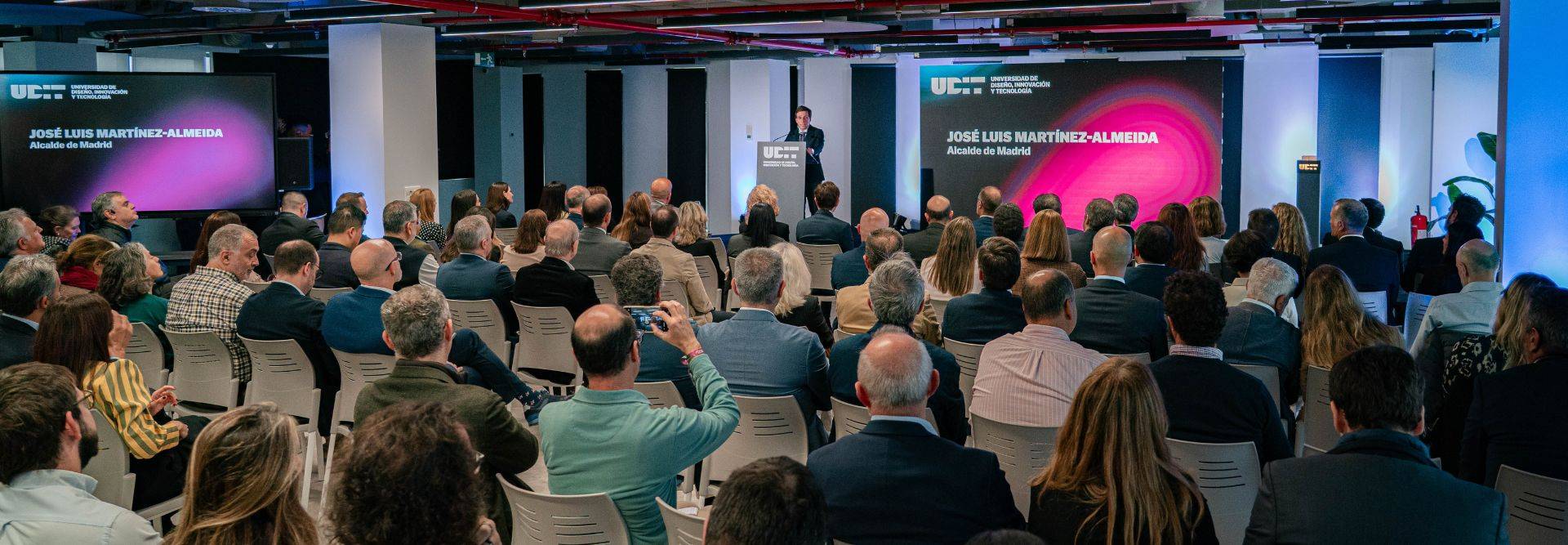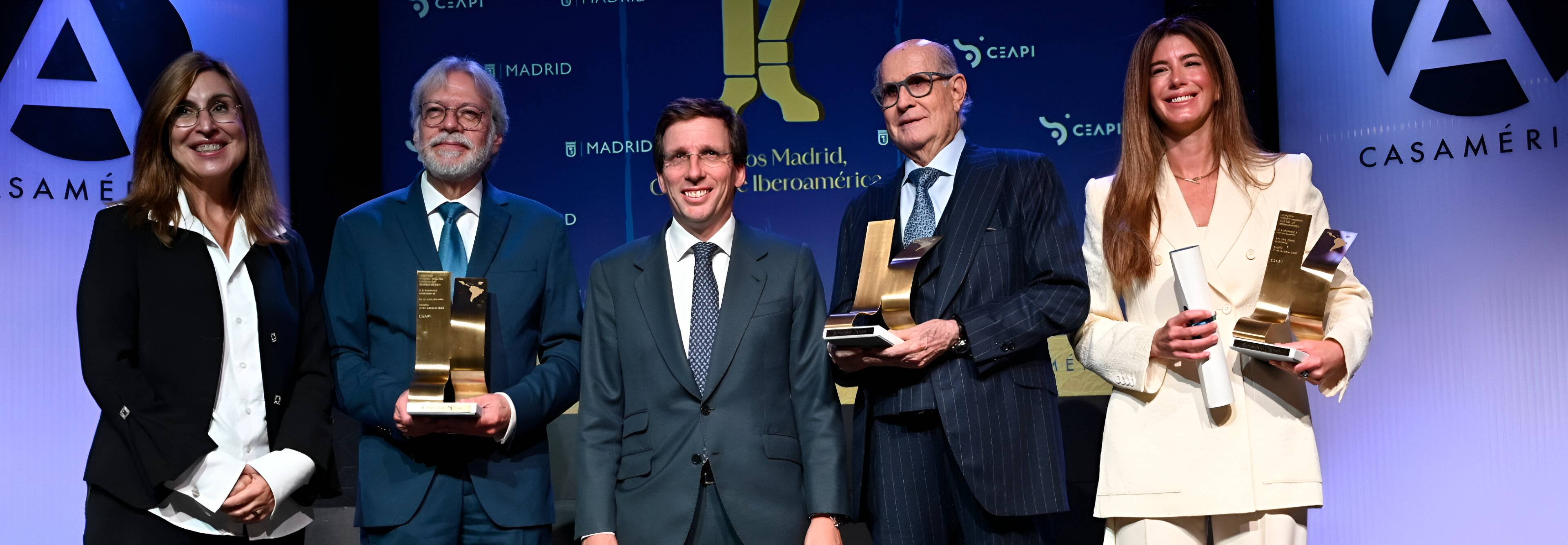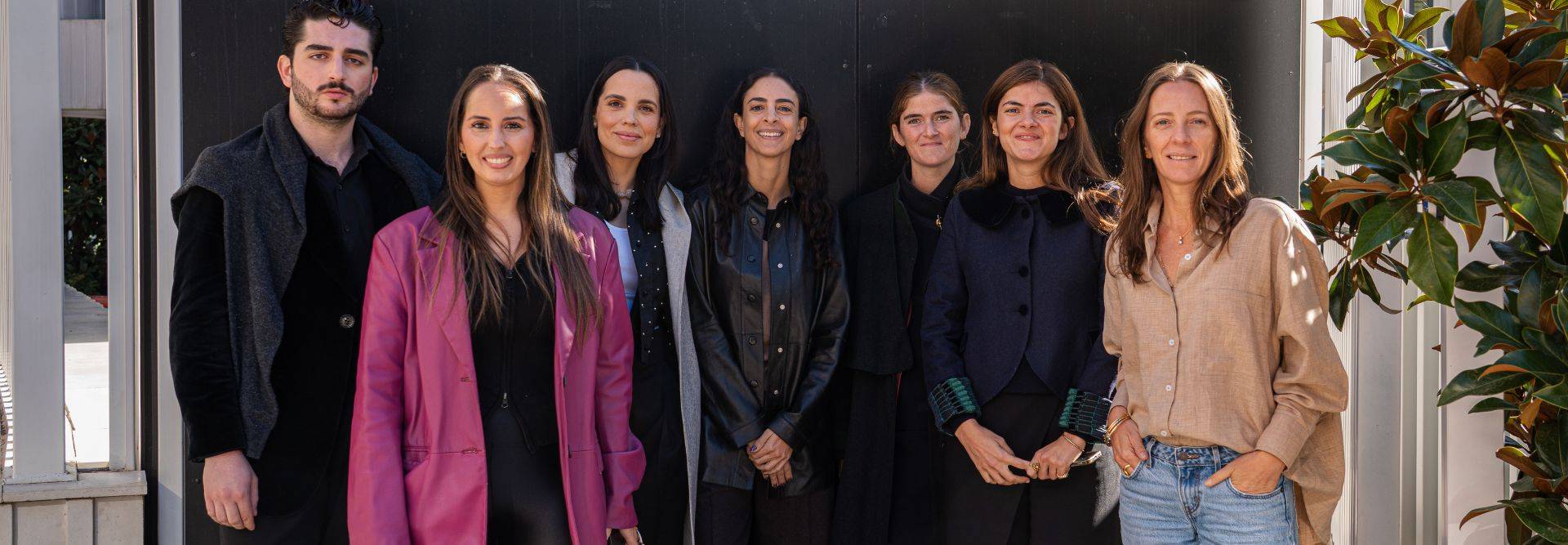Alberto Herencia: "Branding is in everything we do as people and in everything we consume".
With a solid track record in branding across a wide range of industries and countries, Alberto Herencia started in the design world with Alberto Corazón and in the advertising sector at HAVAS. Since then, he has worked as creative director for international branding consultancies such as FutureBrand Madrid-NY or Interbrand. He has also worked for renowned companies and organisations such as NH Hotels, El Corte Inglés, Globomedia, United Nations or the Madrid City Council, with a special mention for the brand creation of the Telefónica group between 1998 and 2002.
Currently, Alberto Herencia directs UDIT's Master of Lifelong Learning in Branding: Brand Creation and Design, which will begin to be taught in October 2025.
In this interview, he analyses the role of branding in today's society, the main trends and the challenges facing professionals in this sector in the near future.
- How would you define branding?
Branding is the process of creating a brand: strategy, storytelling, design and implementation. It is not limited to the construction of a visual identity, but articulates a set of values, emotions and experiences that connect with people and differentiate the brand in its competitive environment. It is, in essence, the creation of a universe of content that positions the brand in the minds and hearts of its audiences.
- How does branding influence consumers' perception of a product or service?
Branding is the framework through which consumers interpret, value and choose a product or service. Beyond functional characteristics, brands build narratives, project identities and generate expectations. A solid branding strategy establishes an emotional bond of trust and confidence that can be decisive in consumer preference and loyalty.
We could say that, for many commercial activities, it is everything. Take fashion, for example. Their style proposal, product design, advertising, design of commercial spaces and, of course, brand identity, are created based on a vision of the market, a differential proposal and a mission of how to reach their public. Everything is part of the brand: the smell (scent branding), the music and, especially, the customer experience.
Without branding, a product is a generic or commodity where only the attribute of "quality" can create interest.
- What are the key components of a successful branding strategy?
Innovation, purpose, connection with the audience and look & feel aligned with the values and attributes and culture of your audience.
- How do you think society perceives the role of branding today?
Branding is in everything we do as people and in everything we consume. It is a cross-cutting activity in almost every profession, from personal branding to all the decisions we make throughout the day.
- Which brands do you think are working best in this regard and why?
It's difficult to judge how brands do it, because if you don't have the information that gives rise to create the elements that appear in communication and on the streets, you can't assess whether it's well or badly done. You can only judge whether you like it more or less, or how much you connect with that brand.
In many occasions, they are created for certain segments of the population in which you are not necessarily included. For example, I wouldn't be able to give an opinion on a new video game identity because I don't know the territory. I would only be able to give an opinion if it is technically well done. To get into branding, I would have to spend a lot of time researching that market, which is something we consultants normally do in every segment we work in.
- And which brands do you think should or will take the plunge and rebrand?
Where the challenge lies is especially in brands that target new generations of consumers, who are much more demanding in terms of branding and product design.
For the same reason as before, I cannot know which brands need rebranding, I can give my opinion on aspects that I like more or less about a brand, but only the owners of that brand know whether or not it is fulfilling its mission. And I could do this especially on the design aspects of the identity, which is one of the few things we can see and have an opinion on. As an example, I would say that there is a very good and very successful sports brand that has a rather unfortunate identity in my opinion to really enter a market where design is very demanding. I am talking about Joma.
On the other hand, there are old brands that change for reasons often related to the notoriety of the managers themselves, but which do not really need to change visually. There are examples such as Burger King that changed and have recently gone back to the previous version.
- How can the success of a branding project be measured?
There is no way to measure what percentage of the success or failure of a commercial initiative is due to branding. There are many other factors such as distribution, price, customer service, etc. that influence its development.
There are metrics that can track the evolution of "brand equity", but they have very debatable methodologies that have not generated much consensus.
- What trends are going to mark the year 2025?
We are in a very funny moment in which "almost anything goes". Just as there are many fashion trends, there are many brand trends. There is no recipe for success. If there were, this job would be an engineering job. This is part of the charm of this profession, which is based more on creativity, but above all on intuition.
We could say that there is a lot of interest in ethical and sustainability branding as a purpose, but it is a territory that not all companies are willing or able to enter. Immersive experiences are gaining a lot of attention. Of course, personal branding is necessary in an increasingly narcissistic and individualistic society.
- In light of these trends and looking back, how do you think branding has changed or transformed in recent years?
From the perspective of the profession, we could say that it has "gentrified", that is to say, all the professions around it have wanted to offer this service, but without having sufficient training and experience. It has become the unicorn of marketing.
Branding has also evolved into a more interactive and transparent world. But it is difficult to generalise, because each sector has its own constraints: industry, B2B, high consumption, entertainment?
- What are the challenges in the short and medium term?
I would say that professionalising the activity once again, but it is not easy because the new tools are democratising access to it, or rather we should say that they are popularising the work.
Emotional intelligence is becoming a transversal tool that we cannot ignore and that can help a lot in the processes. But there must always be a creative direction and strategy based on, as we said, intuition, which, for the moment, AI does not have.
- What professional profiles are most sought after in the field of branding?
Branding is a journey in which there are a minimum of 6 expert professions: research, strategy, copywriting, design, implementation, management? Within the implementation phase there is one for each type of product, digital design, packaging, editorial design, advertising, etc.
- What advice would you give to a new generation of designers, creatives and branding professionals who are starting out in the industry?
To always keep a curious eye. To observe everything that is happening around them, to listen, to analyse. Don't be afraid to try, to make mistakes and to learn from others. It is an exciting profession.
